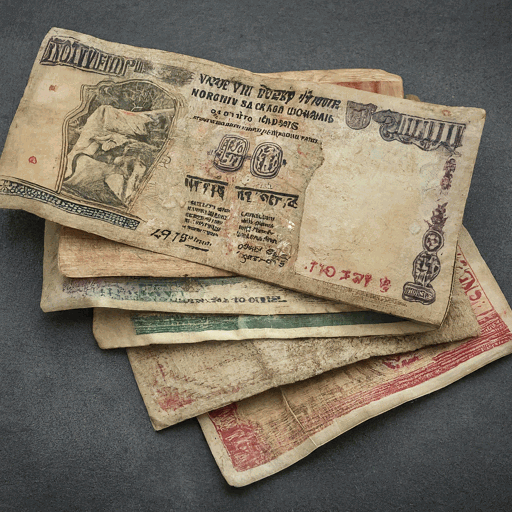India’s inflation and monetary policy have undergone significant changes over the decades, influenced by various economic events, policy shifts, and global economic conditions. Here’s a detailed historical overview:
Pre-1991 Period: Pre-Liberalization Era
1950s-1970s: Post-Independence Period
- Inflation: Inflation was relatively moderate in the 1950s but started to rise in the 1960s due to the Green Revolution, increased government spending, and oil shocks.
- Monetary Policy: The Reserve Bank of India (RBI) primarily used direct control mechanisms such as bank rate adjustments, reserve requirements, and selective credit controls to manage inflation.
1980s: High Inflation and Structural Issues
- Inflation: The 1980s saw higher inflation rates, often exceeding 10%. This was due to fiscal deficits, supply-side constraints, and external shocks.
- Monetary Policy: The RBI continued using traditional tools, but with limited effectiveness due to structural rigidities in the economy.
1991-2010: Post-Liberalization Era
1991 Economic Reforms
- Inflation: The 1991 economic crisis, characterized by high inflation and a balance of payments crisis, prompted significant economic reforms. Inflation rates peaked around 13% in 1991.
- Monetary Policy: The RBI adopted more market-based instruments such as open market operations (OMO), repo and reverse repo rates, and market stabilization schemes. The focus shifted towards maintaining price stability and financial sector reforms.
Late 1990s to Early 2000s
- Inflation: Inflation moderated to around 4-7% due to improved fiscal discipline, better supply-side management, and globalization.
- Monetary Policy: The RBI introduced several measures to deepen financial markets, including liberalizing interest rates and enhancing banking sector regulations.
2010-Present: Modern Monetary Policy Framework
2010-2013: Inflationary Pressures
- Inflation: Inflation surged to double digits (around 10-11%) due to global commodity price shocks, particularly in food and fuel, and supply-side constraints.
- Monetary Policy: The RBI responded with aggressive interest rate hikes to curb inflation, increasing the repo rate significantly.
2013-2016: Inflation Targeting Framework Introduction
- Inflation: Inflation began to decline, falling to around 5-6% by 2015.
- Monetary Policy: In 2015, India formally adopted an inflation-targeting framework. The RBI’s primary objective became maintaining inflation within a target range of 4% ± 2%. This framework enhanced policy credibility and transparency.
2016-Present: Inflation Targeting Era
- Demonetization (2016): The government’s demonetization initiative led to a temporary decrease in inflation due to reduced cash circulation.
- GST Implementation (2017): The introduction of the Goods and Services Tax (GST) initially created inflationary pressures but aimed at long-term price stability and economic efficiency.
- COVID-19 Pandemic (2020-2021): The pandemic caused significant economic disruption, leading to lower inflation initially due to demand contraction but later rising due to supply chain issues.
- Current Trends: Inflation has remained within the target range, although occasional spikes occur due to external factors like global oil prices. The RBI uses a combination of interest rate adjustments, liquidity management, and macroprudential measures to maintain price stability.
Key Features of India’s Monetary Policy
- Inflation Targeting: Maintaining inflation within the target range of 4% ± 2% as the primary objective.
- Monetary Policy Committee (MPC): Established in 2016, the MPC comprises RBI officials and external members who collaboratively set the policy interest rates.
- Policy Instruments: The RBI uses various tools, including the repo rate, reverse repo rate, open market operations, cash reserve ratio (CRR), and statutory liquidity ratio (SLR), to manage liquidity and control inflation.
- Communication and Transparency: The RBI has improved communication with the public and markets, providing clear guidance on policy decisions and economic outlook.
Future Outlook
India’s inflation and monetary policy will continue to evolve in response to domestic and global economic conditions. Key challenges include managing inflationary pressures from global commodity prices, ensuring financial stability, and supporting economic growth. The RBI is likely to maintain its focus on inflation targeting while adapting its tools and strategies to meet emerging economic challenges.









